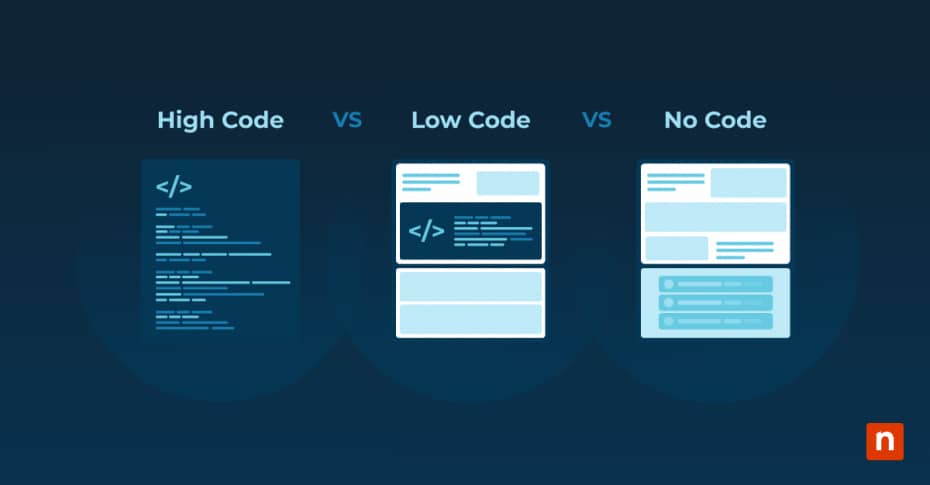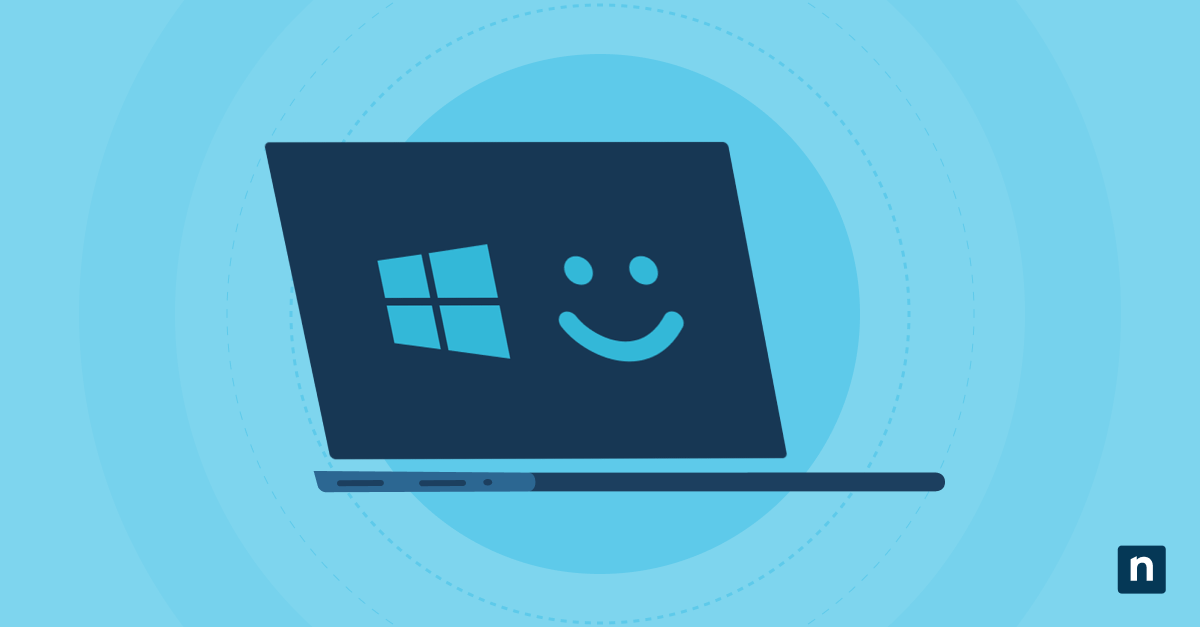Understanding the distinctions between high code vs. low code vs. no code platforms assists in making informed decisions about your development projects. By staying informed about these differences, you can better align your development strategies with your organization’s goals and technological advancements.
What is high code development?
High code development refers to traditional software development methods that use extensive coding by professional developers. This approach typically requires deep technical expertise and is used to create complex, custom applications with intricate system integrations. High code development is ideal for projects that demand high levels of customization, scalability, and integration with other systems.
Characterized by its flexibility and control, high code development means developers can write code from scratch, tailoring every aspect of the application to meet specific requirements. This method is often employed in industries where precision and performance are critical, such as finance, healthcare, and large-scale enterprise solutions. Despite its advantages, high code development can be time-consuming and resource-intensive, making it less suitable for rapid development needs.
What is low code and how does it simplify the development process?
Low code development platforms provide a middle ground between high code and no code solutions. These platforms offer visual development tools and pre-built components that allow developers to build applications quickly while still providing some level of customization. Low code platforms are designed to speed up the development process by reducing the amount of hand-coding required. They also empower a broader range of users, including those with limited coding experience, to contribute to application development, fostering collaboration and innovation within teams.
Low code platforms simplify the development process by enabling developers to focus on the unique aspects of their applications rather than repetitive coding tasks. This approach strikes a balance between speed and customization, making it ideal for projects that require moderate complexity and quicker time-to-market. Low code platforms are particularly useful for developing business applications, automating workflows, and creating prototypes. They empower both professional developers and technically inclined non-developers to contribute to the development process.
How no code platforms are changing the game for non-technical innovators
No code platforms are designed to democratize application development by allowing non-technical users to create software without writing any code. These platforms use intuitive visual interfaces, drag-and-drop tools, and pre-configured templates to enable users to build functional applications quickly and easily. No code platforms are transforming the development landscape by making it accessible to a broader audience.
The impact of no code platforms is profound, as they enable non-technical innovators to bring their ideas to life without relying on professional developers. This empowers business users, entrepreneurs and other non-technical stakeholders to solve problems and create solutions tailored to their needs. No code platforms are ideal for developing simple applications, MVPs (Minimum Viable Products) and automating routine tasks.
High code vs. low code vs. no code: What’s the best fit?
Choosing between high code, low code, and no code platforms depends on your specific project needs, the expertise of your development team and the desired level of customization. Here is a detailed comparison to help you decide the best fit for your requirements:
High code advantages
- High level of customization and control over every aspect of the application.
- Suitable for complex and large-scale projects that require advanced features and integrations.
- Allows for precise performance optimization and security measures.
High code disadvantages
- Time-consuming and resource-intensive, requiring significant development expertise.
- Longer development cycles, which can delay time-to-market.
- Higher costs from skilled developer salaries and extensive development efforts.
Low code advantages
- Speeds up the development process with visual tools and pre-built components.
- Reduces the need for extensive coding, making it accessible to a broader range of developers.
- Ideal for rapid development and prototyping.
Low code disadvantages
- Limited customization compared to high code development.
- May not be suitable for highly complex or specialized projects.
- Potential vendor lock-in with specific low code platforms.
No code advantages
- Enables non-technical users to create applications without writing any code.
- Accelerates development time with intuitive visual interfaces and drag-and-drop tools.
- Cost-effective solution for simple applications and MVPs.
No code disadvantages
- Limited customization and scalability for more complex applications.
- Reliance on pre-built templates and tools, which may not meet all specific needs.
- Potential security and performance limitations.
High code vs. low code vs. no code: Project suitability
When deciding between high code, low code and no code platforms, consider the nature of your project. High code is best suited for complex, large-scale applications that require extensive customization and integration. Low code is ideal for projects that need to balance speed and customization, such as business applications and workflow automation. No code is perfect for simple applications, prototypes, and tasks that can be automated without deep technical expertise.
High code vs. low code vs. no code: Developer expertise
The level of developer expertise required varies across these platforms. High code development necessitates skilled developers with deep technical knowledge and experience. Low code platforms can be used by both professional developers and technically inclined non-developers, thanks to their visual development tools and pre-built components. No code platforms are designed for non-technical users, allowing them to create applications without any coding knowledge.
High code vs. low code vs. no code: Ease of use
Ease of use is a crucial factor when choosing a development platform. High code development requires extensive coding, which can be challenging and time-consuming. Low code platforms simplify the process with visual tools, making it easier for developers to build applications quickly. No code platforms offer the highest level of ease of use, with intuitive interfaces that enable non-technical users to create applications effortlessly.
High code vs. low code vs. no code: Customizability
Customizability is another important consideration. High code development offers the highest level of customization, allowing developers to tailor every aspect of the application. Low code platforms provide a balance between customization and ease of use, with some limitations on the extent of customization possible. No code platforms offer the least customization, as they rely heavily on pre-built templates and tools.
Navigating your development journey with high code vs. low code vs. no code
The market dynamics of software development show no signs of slowing down or becoming simpler anytime soon. The long-term impact of disruptive trends, such as the rise of high code vs. low code vs. no code platforms, continues to shape the industry. As these trends evolve, the need for flexible, efficient, and scalable development solutions becomes even more critical.
Each platform offers unique features and is suited to different project needs and levels of developer expertise. Having different development options is highly advantageous because it caters to a wide range of needs and skill sets. High code, low code, and no code each offer a suitable approach for various scenarios. This diversity in development options allows you to pick the right style for your environment and use the right tool for your specific requirements, leading to more efficient and effective solutions tailored to your organization’s needs.








